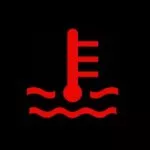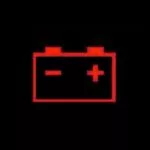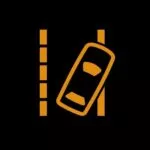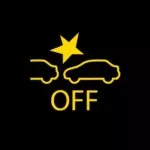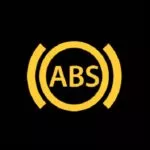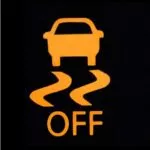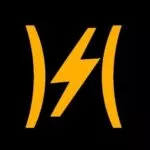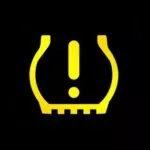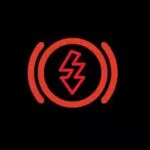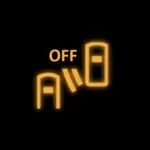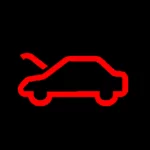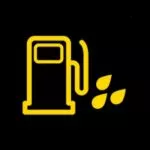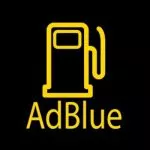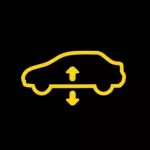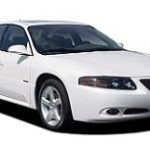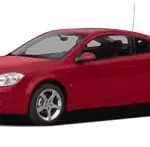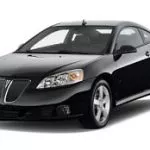Pontiac Vibe Warning Lights
The Most Common Pontiac Vibe Symbols
These are the most common dashboard symbols that you will see in your Pontiac Vibe. Click on one to see more information or scroll further down to see the link to the owner's manual where you can find even more symbols.
Can't see the warning light you are looking for? Check the official manual:
View Owner's Manual
- Manufacturer: Pontiac
- Data Source: Owner's Manual
About the Vibe
When the Pontiac Vibe was first launched back in the 2003 model year, it was done so as a part of a growing wave of crossover vehicles that combined different elements of vehicle design to create hybrid models to suit diverse tastes. It’s important to note that the Pontiac Vibe --- also known as the Toyota Voltz where it was exported to Japan --- was a very early example of such crossover design.
An example of building in utility to the compact design came with the rather generous 20.1 cubic feet of cargo space that was offered when the rear seats were up. When folded down, the Vibe offered up to 111.5 cubic feet of cargo volume in total.
The Pontiac Vibe was built on the Toyota MC platform, leading some to describe it as “the Pontiac that Toyota built,” as a way of praising it against other Pontiac models. It was initially offered with 3 engines and 4 drivetrain combinations. The base model was a 1.8-liter Toyota-made engine with variable valve timing that delivered up to 130hp and 125 lb-ft of torque. The AWD version saw its horsepower cut to about 123hp, but was designed to better manage torque distribution.
The higher GT trim level delivered a better 180-hp and 130 lb-ft powertrain, paired with a 6-speed manual transmission --- unusual for the time --- but most reviewers remarked that even with this extra power, low-end torque remained lacking in the Pontiac Vibe. It typically reached the peak of its torque curve at around 6,000+ rpm.
GM and Toyota built the Vibe, as well as its mechanical twin the Toyota Matrix, and their joint plant in California, which now, perhaps more famously, is the site of Tesla’s main production plant. A second-generation model was launched in the 2009 model year with an improved sportier exterior design, but unfortunately, it couldn’t keep up with the ultimate demise of the Pontiac division, which came in 2010.






